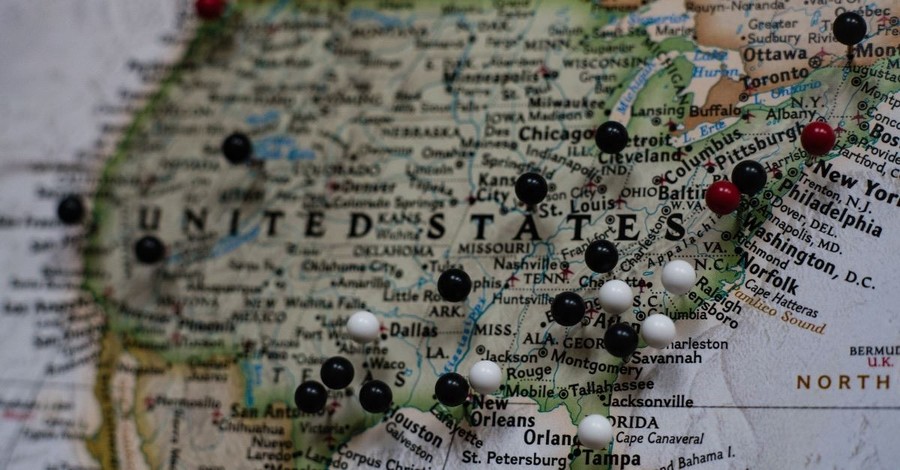Seven Presidents Who Have Declared National Emergencies

In 1976, Congress enacted the National Emergencies Act which allows the President to use special executive powers during crisis situations. Since the act was passed, CBS News reports that 58 national emergencies have been declared by presidents, 31 of them are still in effect today.
On February 15, President Trump declared the crisis at the U.S.-Mexico border was a national emergency, marking his fourth emergency declaration.
President Trumps decision to declare the immigration problem a national emergency was met with mixed emotions. While many supported the President’s ‘get it done’ mentality, others feared that it set a dangerous precedent for future presidents. According to the New York Times, President Trump’s emergency declaration is similar to declarations made by Presidents George H.W. Bush and George W. Bush, in that the each of the declarations sought military construction associated with a war or conflict. Where the declarations are different, however, is that neither of the Bush presidents declared an emergency to reallocate funds after Congress had already rejected the proposal.
As Christian Headlines previously reported, following President Trump’s emergency declaration, 16 states filed suit against the president questioning the legality of the action.
The states’ decision to file suit against President Trump indicates that there is an apparent lack of clarity on the restraints on executive emergency powers.
To shed some light on the seemingly complex issue, here are examples of national emergencies declared by seven presidents since 1979.
Photo courtesy: David Everett Strickler/Unsplash
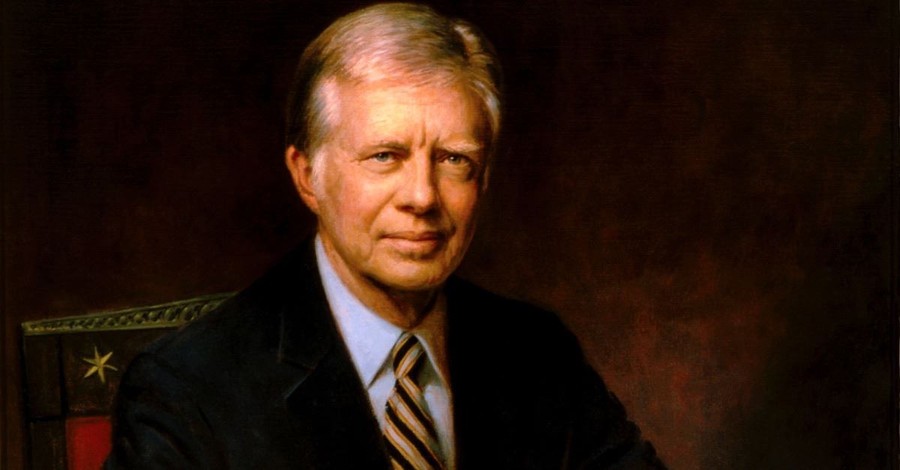
1. President Jimmy Carter
The 39th President of the United States, Jimmy Carter, held the office of the Presidency from 1977 to 1981. In his tenure as President, Carter declared two national emergencies, one of which is still in effect today.
In 1979, Iran held 52 American diplomats and civilians hostage for 444 days in what would be known as the Iran Hostage Crisis. In response to Iranian actions in the Iran Hostage Crisis, Carter declared a national emergency which froze Iran’s assets in the United States. One year later, with the American hostages still being held captive, Carter issued a second national emergency which strengthened restrictions on transactions with Iran.
Photo courtesy: Public Domain
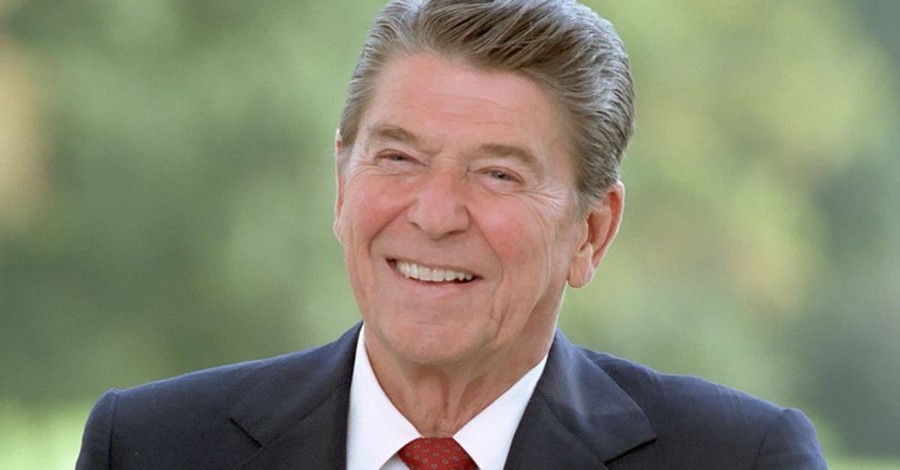
2. President Ronald Reagan
Many people credit the Iran Hostage Crisis for losing Jimmy Carter the Presidency. Carter lost his run for re-election to Hollywood actor and former California Governor Ronald Reagan. Regan served two terms in office from 1981 to 1989. During his presidency, Reagan faced the Iran-Contra affair, the Cold War, the War on Drugs and the AIDS epidemic. During his eight years in the White House, Reagan declared six national emergencies all of which regarded trade. In 1983, and then again in 1984, Reagan declared national emergencies in order to continue export control regulations. In 1985, 86 and 88 Regan restricted trade from several countries including Nicaragua, South Africa, Libya and Panama. All of Reagan’s national emergencies have since been revoked.
Photo courtesy: Public Domain

3. President George H.W. Bush
The late President George H.W. Bush was elected to office in 1989 and served one term as the 41st President on the United States. The former CIA Director and World War II Navy veteran declared five national emergencies in his four years in office. Of his five declarations, four placed sanctions and trade restrictions on foreign nations including Iraq, Haiti, Yugoslavia, Serbia and Montenegro. Bush’s other declaration called for “chemical and biological weapons proliferation.” Bush also built on his August 2, 1990, declaration that restricted trade with Iraq as a result of the Iraqi invasion in Kuwait. On November 14, 1990, Bush issued an executive order granting the Department of Defense the authority to respond to the Iraqi threat and invoked the “emergency construction authority” allowing the military to build as needed. All of Bush Sr.’s declarations have been revoked.
Photo courtesy: Getty Images/John Moore/Staff
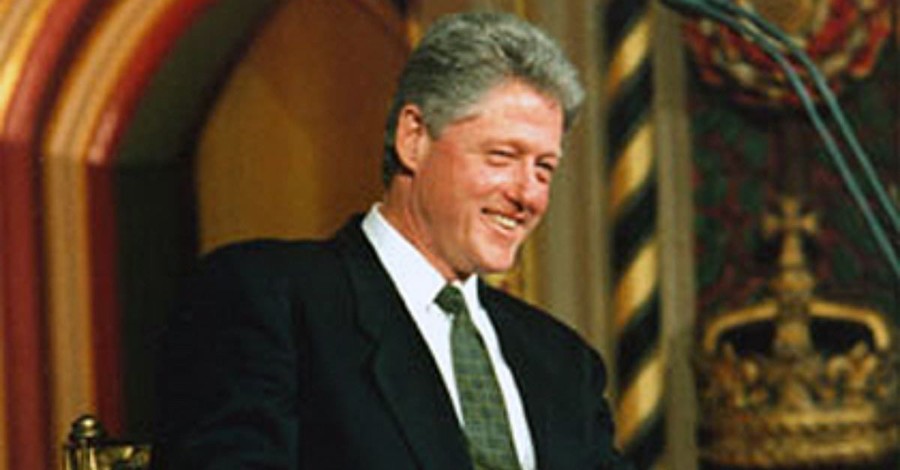
4. President Bill Clinton
The 42nd President of the United States holds the record for declaring the most national emergencies. In his two terms in office, Clinton declared and unprecedented 17 national emergencies. Again, Clinton’s declarations covered trade and weaponization. Clinton took the opposite stance to George H.W. Bush on chemical and biological weapons and issued and emergency declaration restricting U.S. participation in the proliferation of weapons in 1993. One year later, however, Clinton called for the proliferation of weapons of mass destruction. This declaration – along with five others – are still in effect today.
Photo courtesy: Public Domain
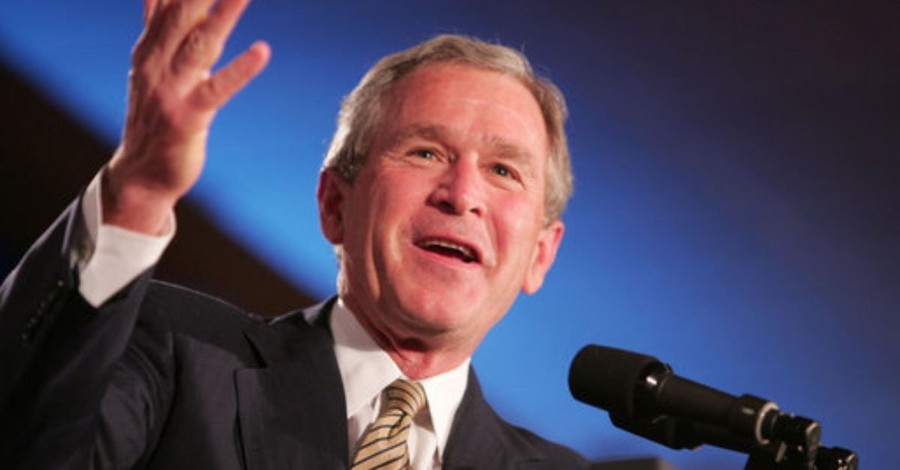
5. President George W. Bush
President George W. Bush served as the 43rd President from 2001 to 2009. In his two terms in office, Bush declared 13 national emergencies. 12 of President Bush’s declarations placed trade restrictions and sanctions on several countries throughout the Middle East as well as the Western Balkans, Zimbabwe, the Democratic Republic of the Congo and North Korea. In the wake of the terror attack on the World Trade Center on September 11, 2001, Bush declared a national emergency for “reasons of certain terrorist attacks.” On November 16, 2001, Bush issued an executive order granting the Department of Defense “additional authority” to build as needed in order to protect America in response to the 9/11 attacks. 11 of President Bush’s national emergency declarations are still in effect today.
Photo courtesy: Public Domain

6. President Barack Obama
The 44th President of the United States, Barack Obama, served two terms in the White House from 2009 to 2017. During his eight years in office, Obama declared 12 national emergencies. Ten of President Obama’s declarations regarded trade restrictions with Venezuela, South Sudan, persons involved in the conflict in the Central African Republic, etc. One emergency declaration blocked the “property of certain persons engaging in significant malicious cyber-enabled activities,” CBS News reports. Another declared the “H1N1 influenza pandemic” a national emergency. Of Obama’s 12 emergency declarations, ten are still in effect today.
Photo courtesy: Public Domain
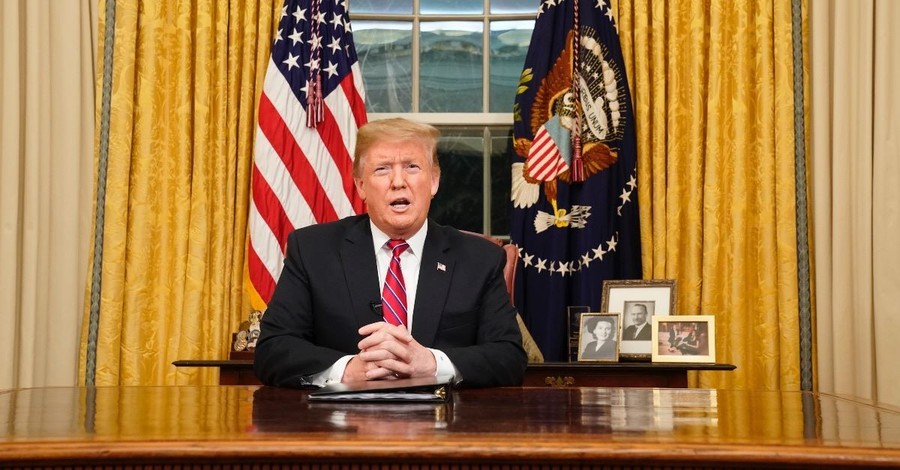
7. President Donald Trump
President Donald Trump, America’s 45th President, has just marked his fourth emergency declaration. President Trump has placed sanctions on persons involved in “serious human right abuse or corruption,” on foreign entities who interfere with U.S. elections and on persons contributing to the situation in Nicaragua. The fourth declaration – the one being called to the carpet – will declare the crisis at the U.S.-Mexico border a crisis allowing President Trump to re-appropriate funds in order to build the $8 billion border wall he promised to the American people during his presidential campaign.
Photo courtesy: Getty Images/Pool


